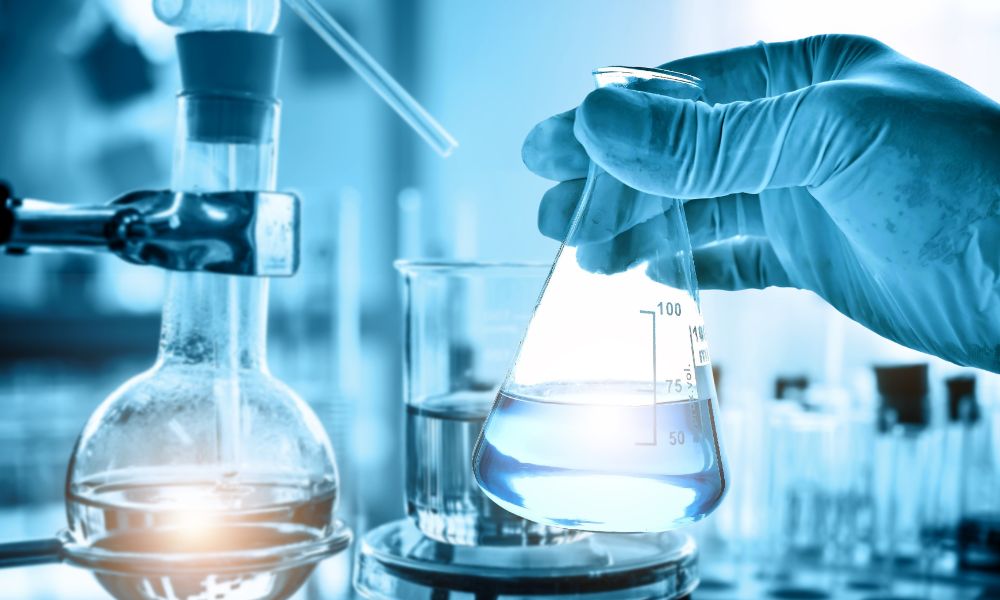What’s It Like To Develop a New Chemical Compound?

The process of creating new chemicals is complicated, but every discovery allows the modern world to advance. Some chemicals become medications, while others allow for more efficient manufacturing. Read on to discover what it’s like to develop a new chemical compound.
The Idea Stage
Before anyone steps into a lab, scientists must see a need for a new chemical compound. They study the academic research that’s already been done on the ingredients they want to use. Then they come up with a plan for which methods or reactions they think will make a strong compound. Sometimes, private companies pay scientists to develop compounds for specific uses.
Compound Development
After scientists have the necessary approval and funding from their superiors, it’s time to get into the lab. During development, researchers work to create desirable reactions and eliminate variables. They may need to put the new compound through many stages of testing to identify unwanted features. It can be a tedious and time-consuming process, but it’s necessary for the safety of everyone who will eventually use the compound.
Research Documentation
Another key step in developing a new chemical compound is documenting the entire process. There are many reasons to do this. Firstly, documentation identifies the ingredients and processes used to make the compound so other scientists can reference them. If the compound is a proprietary good, then the documentation helps prove ownership.
Manufacturing and Approval
Before you can manufacture a new chemical in or ship one to the US, you need approval from the federal government. The Toxic Substances Control Act requires that you submit an application for approval so the government can make sure you’re not making something highly dangerous. After approval, chemical engineers will help tweak the compound design so that it’s easy to mass-manufacture.
While it may sound like a slow process, some people estimate that scientists produce about 10 million new compounds every year. All these compounds go toward advancing modern technology in medicine, food science, chemistry, technology, and industrial fields. They make our lives easier, whether we know it or not.





